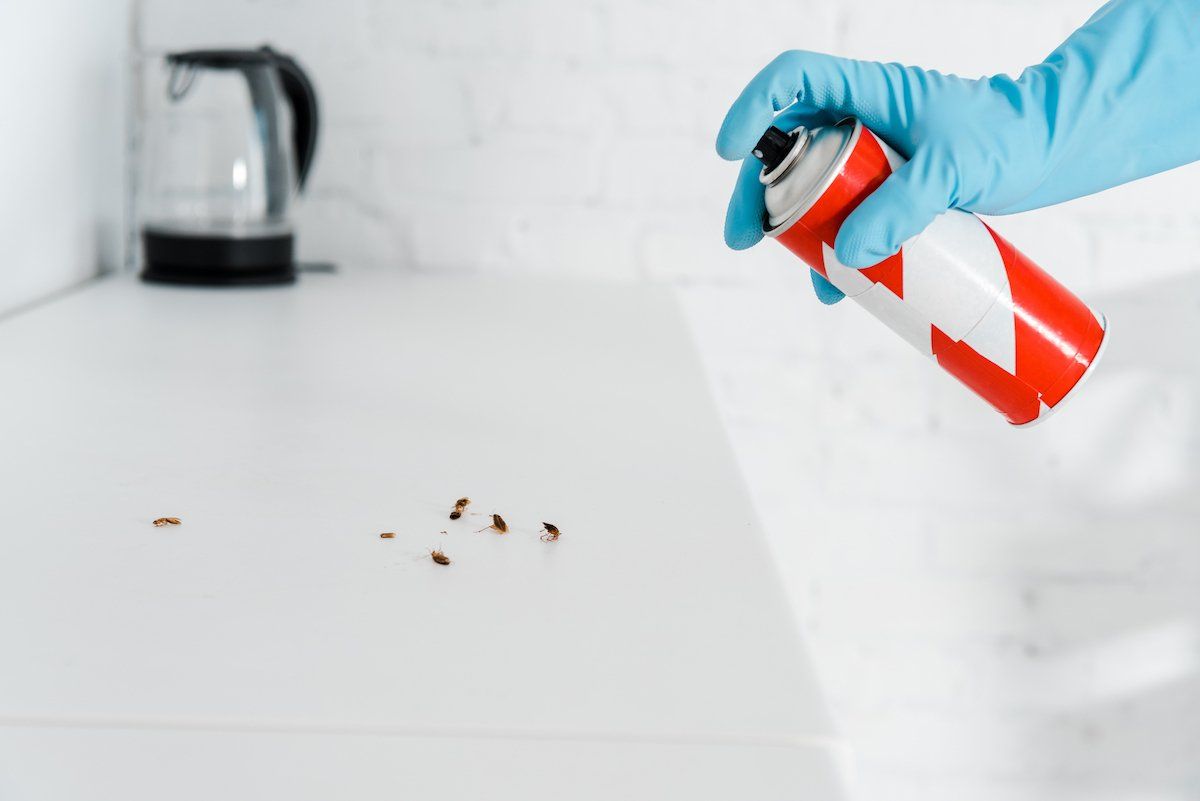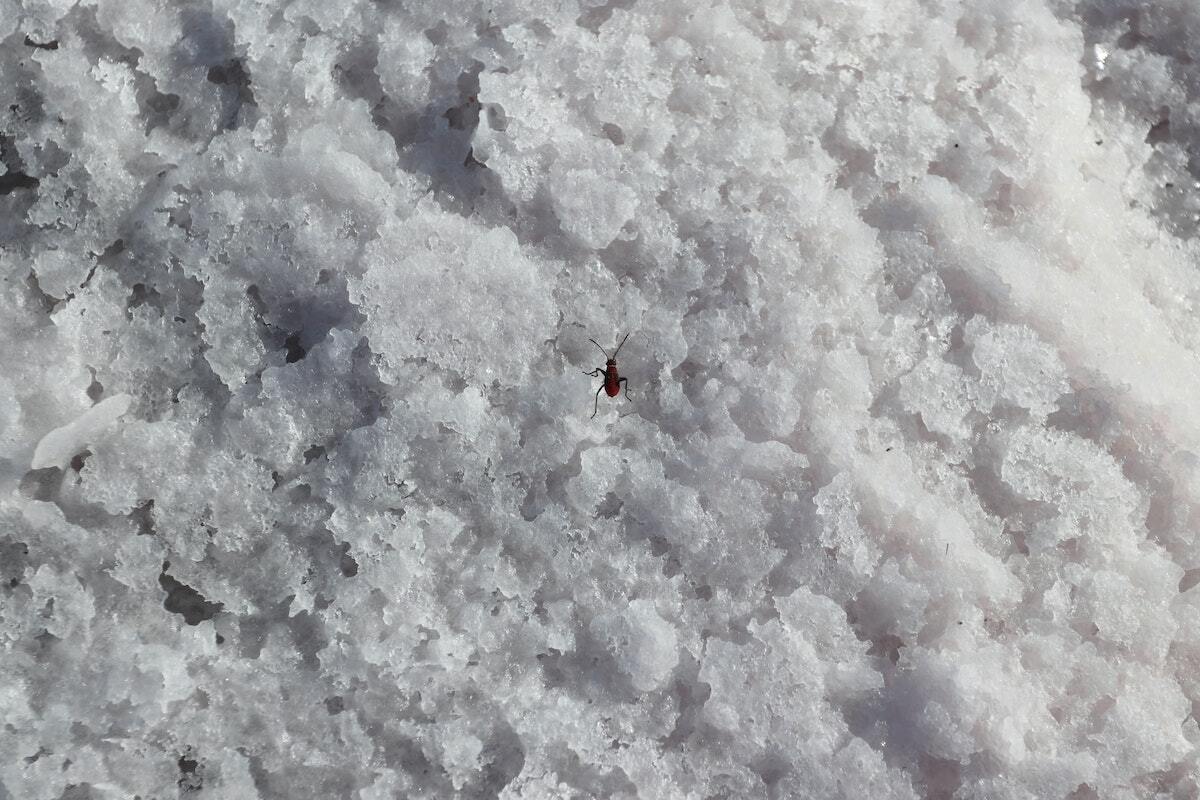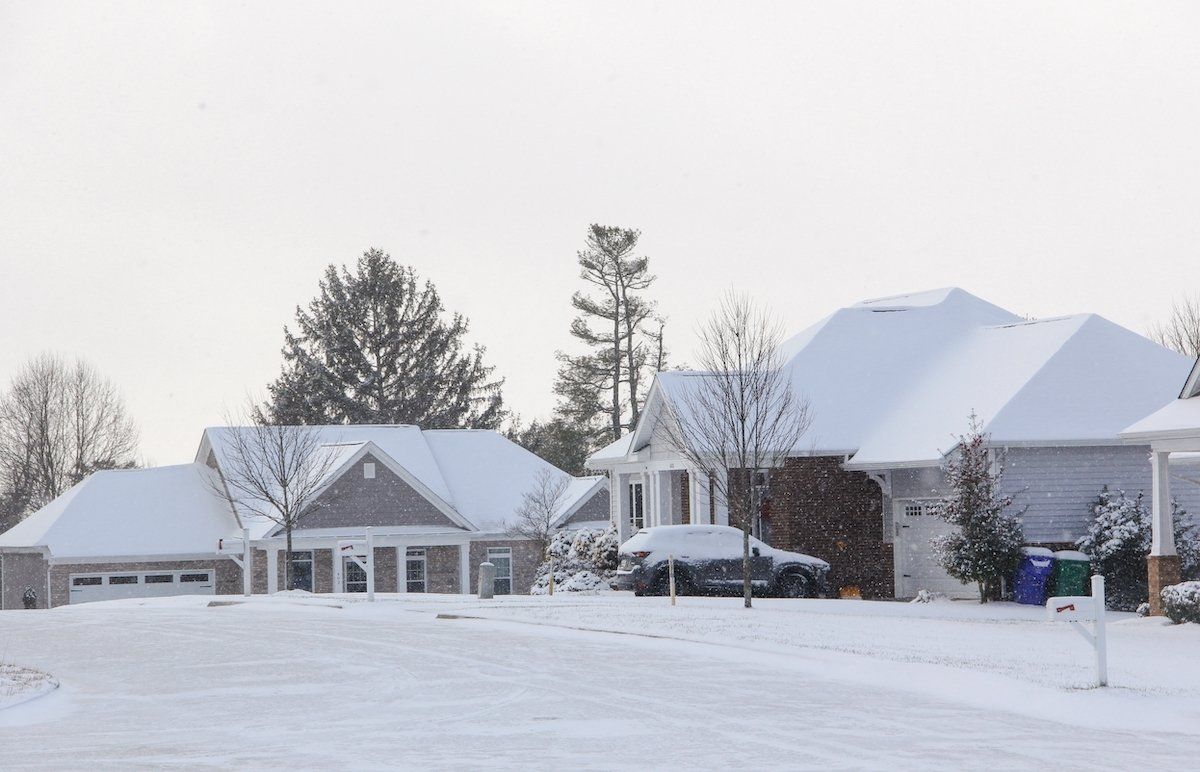Annual White Grub worm populations are showing to be significant this summer and Atkins wants to give you the low-down and some fun facts about what to expect and why:
White Grubs are present in our soil all year long. They are just at different depths within your soils depending on the time of year, soil temps and of course that particular species’ life cycle. White Grubs are the larval stage of a few common insects like the May/June Beetle, Billbugs, Masked Chafer, Black Turfgrass Ataenius and our favorite, the Japanese Beetle. The adult population of Japanese Beetles is what causes the most concern due the very large swarms we had this summer, as you likely have seen on your or your neighbor’s trees and shrubs. The adults feed on leaves of many trees and shrubs and then their grubs feed on the root system of your lawn!
We see most of the grub damage to turf generally from mid-July through early October. Much of the damage is overlooked as we usually have a drought in the later part of the summer; the damage is mis-diagnosed as drought and/or heat stress related injury by most homeowners. If it rains enough, the grass can sometimes out-grow the damage to its root system and go unnoticed until we do get a dry spell. In 2015, we had that dry spell in September and we found a ton of grub damage. It is looking like we will see the same thing this year as well, especially with the large number of Japanese beetles flying around this summer. Their grubs will emerge to feed on our lawns’ root system yet this fall.

The extent of damage to your turf from grubs is tied to the number of actively feeding grubs near the surface. More grubs equal more damage of course. Patches, in all sizes, of dead/brown grass appear and the dead areas can be pulled back like a piece of loose carpet. Underneath you will see “C” shaped larvae with an orange-brown head just below the surface and near the turf’s root system. You may also see predators like raccoons and skunks digging vigorously at them from above and tearing up your lawn. Moles will also have a field day feeding on them from below which also can be destructive to the lawn. Remember: if you have moles it doesn’t’ mean you have grubs. They feed on earthworms and other insects as well, although white grubs do seem to be the equivalent of candy to them.
Unfortunately adult beetles tend to lay their eggs in moist lush turf areas as they provide all the needs required by their larvae once they hatch. So, those of you who have an irrigation system – be aware.
Homeowners are encouraged during this period to look for brown areas in your lawn and lightly tug on the turf to see if it pulls back like loose carpet. Disease is prevalent in Mid Missouri this year also, so it can be easy to get fooled that you have disease when you may have grub damage and vice a versa.
Should you find damage in your lawn, contact a lawn professional for confirmation. If warranted, an insecticide can be applied timely to reduce further damage. One of the best ways to approach and manage for potential grub damage is to apply a preventative systemic insecticide in June to all turf areas. This is doubly true for those of you who have had grub damage in the past. The adults usually lay eggs in the same general areas in which they emerged from the soil. Darn Grubs!
If you do happen to find grub damaged areas in your lawn, go ahead and leave the brown sod in place and keep it watered as root systems can recover if the plant is not too far-gone. If these areas don’t green back up in a few days, then some seeding may be required.
Should you be concerned you have damage please give us a shout and we will be happy to check things over for you, because:
WE CAN HELP YOU WITH THAT!






